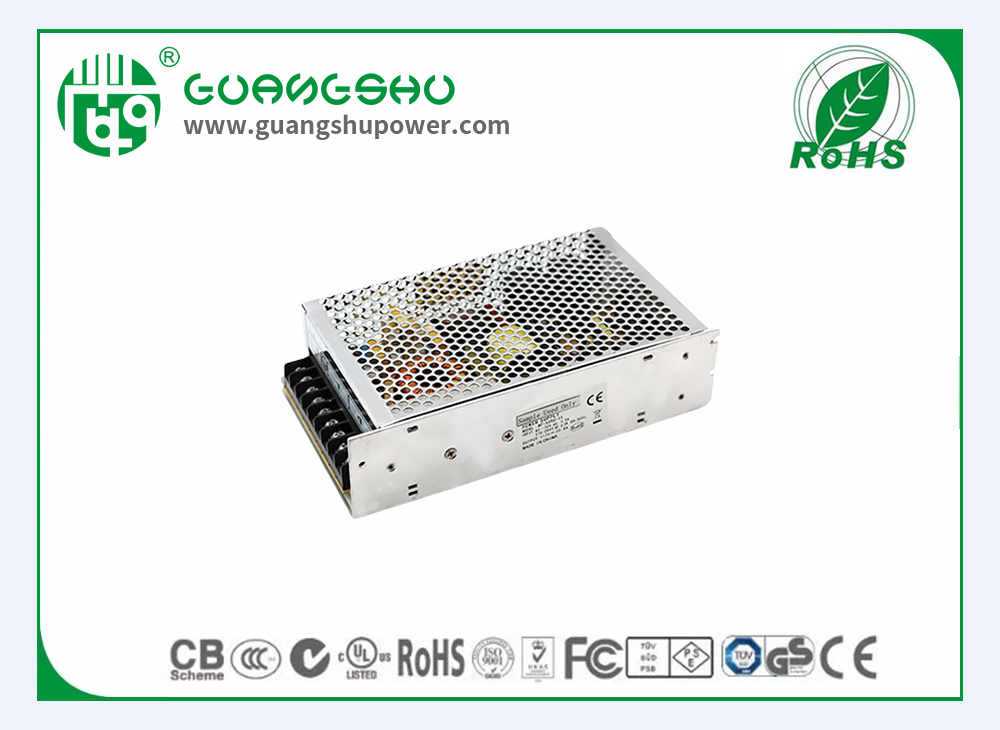Time:2024-09-14 Views:0
Is the charger direct current or alternating current
Chargers play a crucial role in our daily lives, especially for devices that rely on battery power, such as smartphones, laptops, tablets, and power tools. When discussing the electrical properties of chargers, we need to distinguish between the concepts of input and output, as chargers are actually devices that convert between alternating current and direct current.

Alternating Current (AC) is a type of current that periodically changes direction and is widely used in our daily power systems, mainly because it is more friendly and has less loss during long-distance transmission. On the contrary, the direction of direct current (DC) is constant and does not change over time. This type of current is commonly used in battery powered devices and situations that require stable power supply.
Charger
The role of a charger
The function of a charger is to convert the AC power provided by the power grid into DC power suitable for battery charging. This process involves several key components: transformers, rectifiers, filters, and voltage regulators.
Transformer: Firstly, the transformer in the charger will step down the high-voltage AC power (usually 110V or 220V) from the household socket to a lower voltage level, in preparation for subsequent conversion.
Rectifiers: Next, rectifiers convert AC power into DC power, but the DC power at this time may contain a lot of fluctuations and noise.
Filter: The function of a filter is to smooth and rectify the DC power, reduce voltage fluctuations, and ensure that the output DC power is more stable.
Voltage regulator: A voltage regulator ensures that the output DC voltage remains at a constant level, which is crucial for proper charging, especially for lithium-ion batteries that require voltage and current control to prevent overcharging or undercharging.
conclusion
Therefore, when we say whether a charger is DC or AC, a more accurate statement would be that the charger receives AC input and outputs DC power. That's why we can plug the charger into a home socket (AC power) to charge our devices (which require DC power). In this process, the charger plays a crucial role in converting unstable and constantly changing AC power into stable and directionally fixed DC power to meet the needs of our modern electronic devices.
Read recommendations:
12V0.6A European standard wall plug
12.8V European standard battery charger
The difference between alternating current (AC) and direct current (DC)